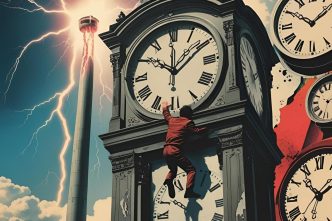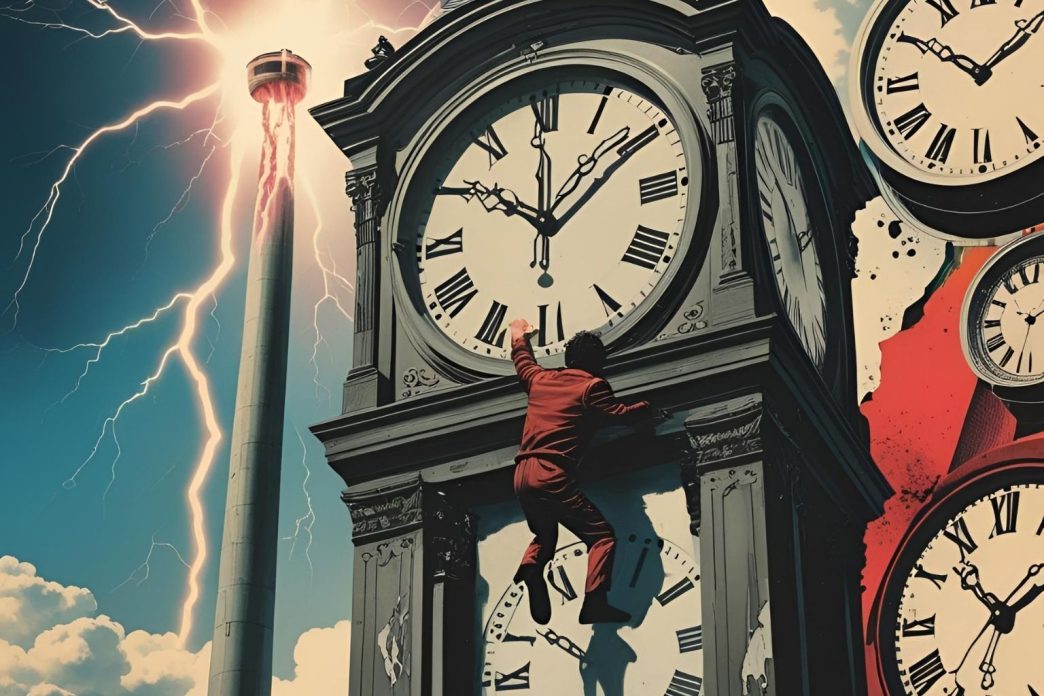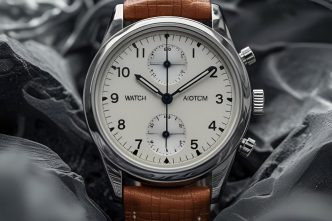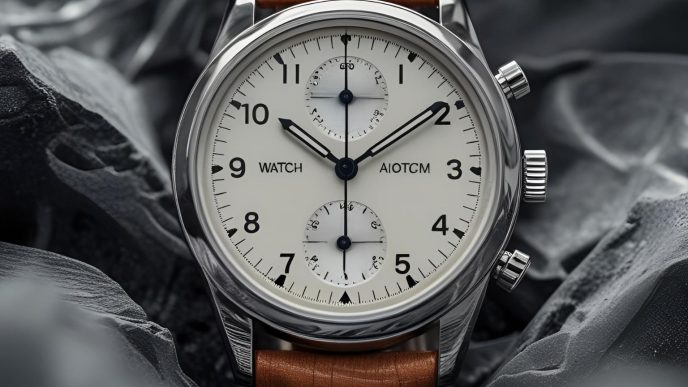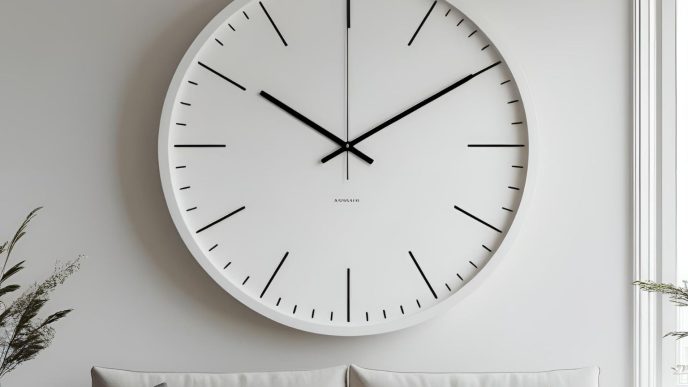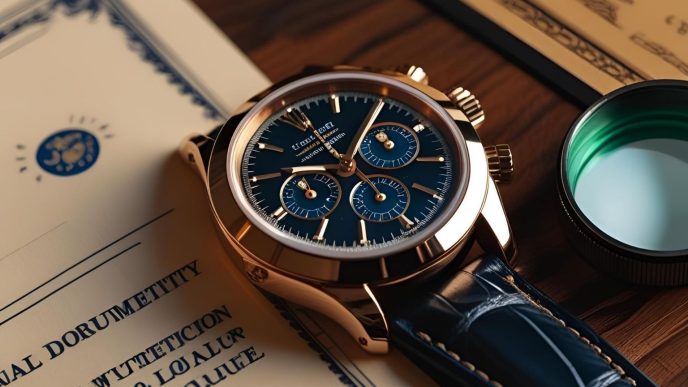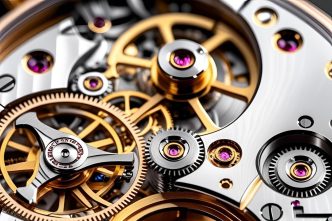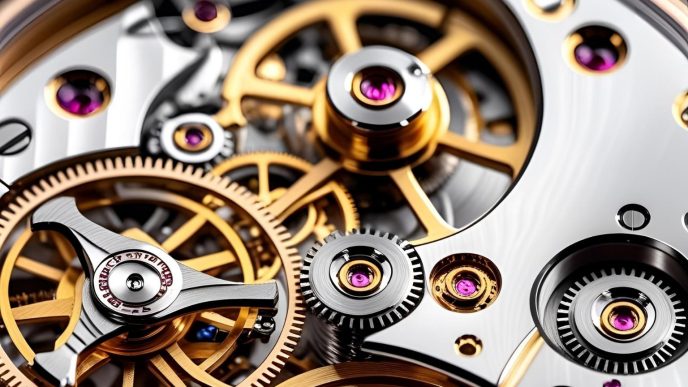Clocks are more than instruments of time—they are symbols of urgency, fate, and transition. In cinema, art, and history, there are certain clock moments that remain unforgettable. These scenes do not just show the passage of time; they mark the turning point, the tension, the truth.
Here are some of the most iconic clock scenes from film and real history:
Back to the Future – The Hill Valley Clock Tower
In the 1985 classic, the Hill Valley clock tower isn’t just a setting—it’s a story device. When lightning strikes it at exactly 10:04 PM, it enables Marty McFly to return to the future. That countdown, that suspense—it’s one of cinema’s most brilliant time-centered scenes.
Safety Last! – Hanging from the Clock
The 1923 silent film Safety Last! features Harold Lloyd dangling from a huge clock atop a skyscraper. This stunt became an enduring image of early cinema. It represents not just danger, but our desperate grip on time.
Hugo – Living Inside Time
Martin Scorsese’s Hugo (2011) centers around a young boy living in a Paris train station, hidden behind the gears of a giant station clock. The clock is more than scenery—it’s a symbol of memory, loss, and discovery.
Real History: Big Ben’s Silence During WWII
During the Blitz, London’s Big Ben was temporarily silenced. Its absence made citizens feel the weight of war in a new way—when even time refused to speak. It remains a powerful historical image.
Art: Dali’s “Melting Clocks”
Salvador Dali’s The Persistence of Memory reimagines time as soft, fluid, and surreal. His melting clocks challenge the rigid nature of time, portraying it as something subjective and dreamlike.
Conclusion
Iconic clock scenes reveal more than minutes and hours. They highlight the decisive moment, the emotional tension, and the meaning of now. Through film, art, and history, clocks have become storytellers of the human condition.


